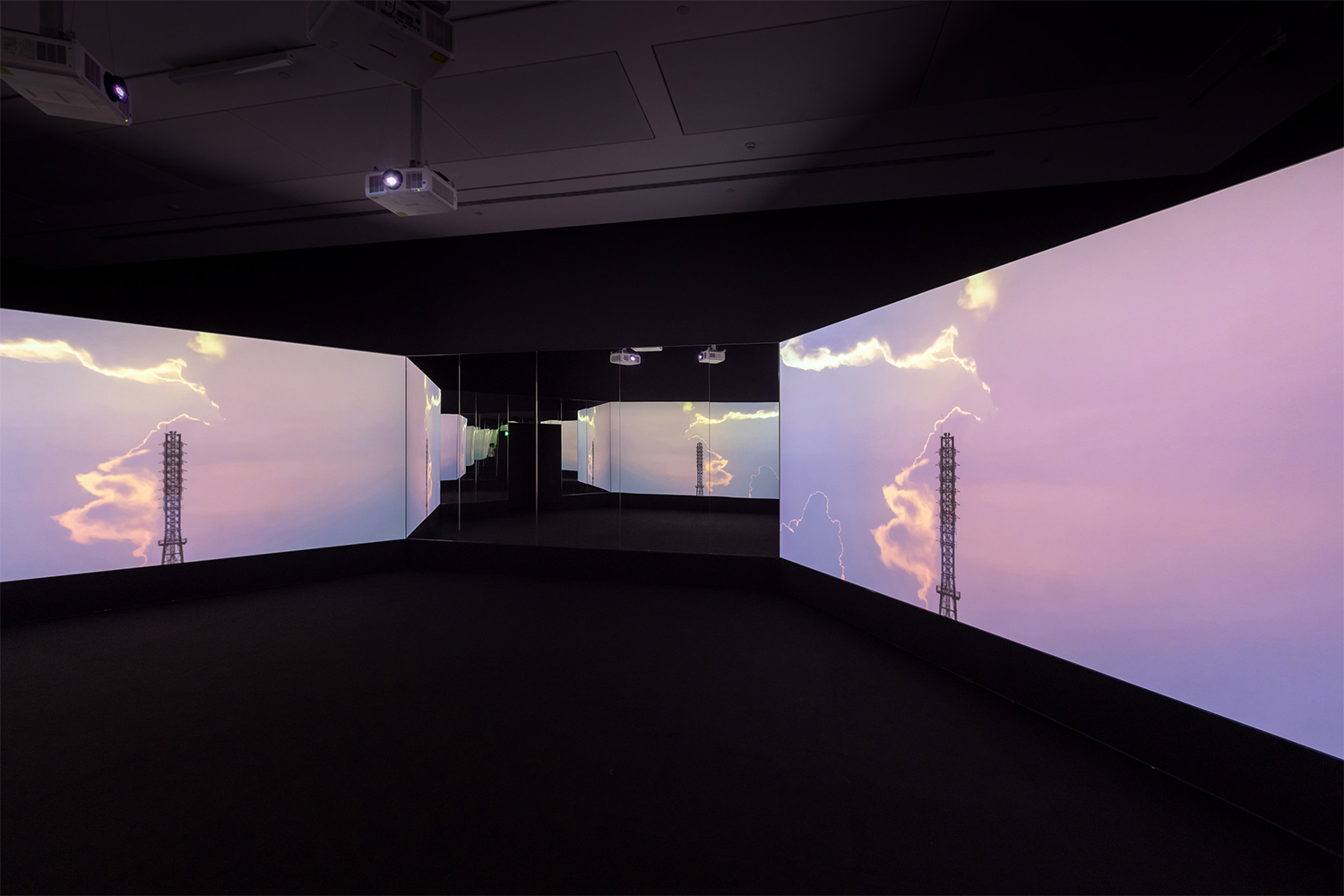Selected Topics in Urban Design: The Sense of Place

URD1508H F
Instructor: Kanwal Aftab
Meeting Section: LEC0101
Wednesday 9:00 AM - 12:00 PM
“It is a puzzle to find some simple word for the sensed quality of a place. There are fine words for the separate sensations: look, sound, touch, smell. But if we speak of the sense in general, we are left among the ghosts of old controversies… [sense] refers to what one can see, how it feels underfoot, the smell of the air, the sounds of bells and motorcycles, how patterns of these sensations make up the quality of places and how that quality affects our immediate well-being, our actions, our feelings and our understandings.”
Kevin Lynch, Managing the Sense of a Place
“As human, we live in environments, amid technologies, learning by doing. Our bodies are instruments through which we become aware of the world beyond our skin, the archives in which we store that knowledge and laboratories in which we retool our sense and practices to changing circumstances. Bodies, in these senses are historically malleable and contextually specific. Our sense are the conduits through returning habit and reflect, the ways we habituated to our changing habitat.”
Joyce Parr, Sensing Changes
“There’s really no such thing as ‘the voiceless. There are only the deliberately silenced or the preferably unheard.” Arundhati Roy
Placemaking is central to the project of Urban Design: as both the formalization of communal desires and as driver for real estate speculation. It is bound up in the values around which a society defines the terms of its Public Realm.
Design plays an intrinsic role in the spatial analysis and formalization of public spaces be they parks, community centers or sidewalks. Placemaking as a design practice is driven by a desire to articulate the experience or "spirit" of a place. Yet experience is physically individual, personal and corporeal, shared or otherwise.
Stepping aside from a visual discourse dominating urban studies, we will explore embodied histories that understand the city's different temporalities. The course straddles the tensions between the twentieth centuries engagement of aesthetic experience and the politics of space.
Through a sensuous study of the City as a corporeal space over the semester, we will work toward decenter a gestalten urban analysis towards multi-sensory readings of urban experience. We will do so by taking as our Case Study
The seminar will introduce students to readings, film and audio media that attempt to multiply "perspectives" of urban phenomena and amplify new ways of knowing a "place". Student comprehension of the material will be developed in addition to lecture and discussion through a combination written and visual course assignments. A final group multi-media project will be required in this course. To this end, the course assumes a base competency of 2-D and 3-D graphic and editing software skills. However, the instructor will be available to provide assistance to ensure a consistent graphic standard across class participants for all deliverables.

